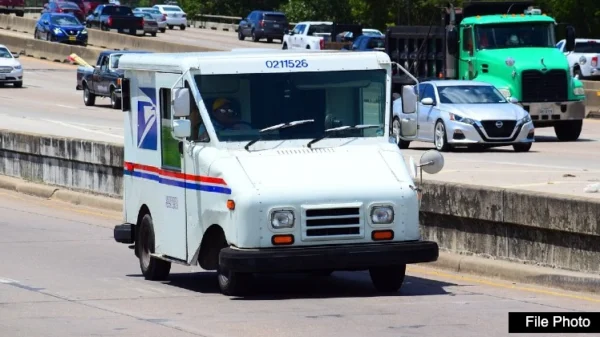For the second time in 12 months and the third time in 17 months, the U.S. Postal Service is raising the cost of the First-Class Forever stamps. The current cost is 66 cents, but expect to pay more as the cost increases to 68 cents. Not only is the cost of a letter getting more expensive, but also the cost of a greeting card and a credit card payment.
As recent as July of 2022, the cost of a First-Class Forever stamp was 60 cents, then jumped to 63 cents. Then in July of last year, the rate went up even further to 66 cents.
According to the USA TODAY, the mailing increase is part of the Postal Services’ 10-year “Delivering for America” plan, which was implemented in 2021 by Postmaster General Louis DeJoy. Over the years, elected officials have complained about the cost of the pension system postal workers use to retire on, and government analysts have said unless Congress continues to fund the U.S. Post Office at higher amounts, the pensions could become insolvent.
Postmaster General Louis Dejoy said his plan was “absolutely necessary to put the Postal Service on the path to service excellence and financial stability,” he told a U.S. House committee in May 2023.
A year earlier, DeJoy said he expected the Postal Service to continue to raise prices “at an uncomfortable rate” until the agency becomes self-sufficient.
In November of last year, CNN Business reported the US Postal Service lost $6.5 billion in its fiscal year and showed no signs of a financial turnaround.
Postmaster DeJoy said inflation was to blame for the rising cost for its operations.
Data also shows UPS has lost business due to its competitors being reduced. The Postal Service says its US package volume declined by an average of 1.5 million packages per day from July through September of last year.
The Postal Service said they saw a net income of $56 billion in the previous fiscal year but CNN noted that was primarily due to the non-cash gain of nearly $57 billion from 2022 legislation that changed how it accounted for its retiree health care expenses.
–






















